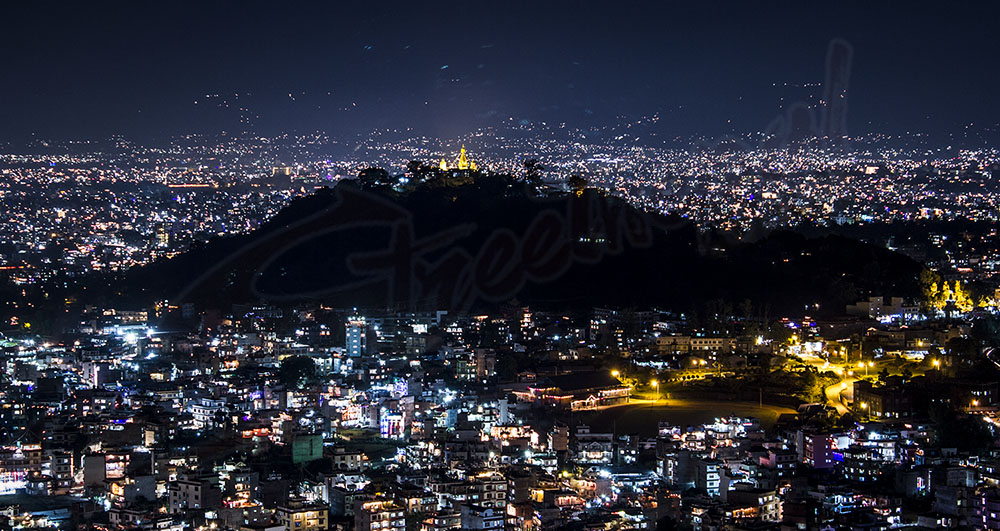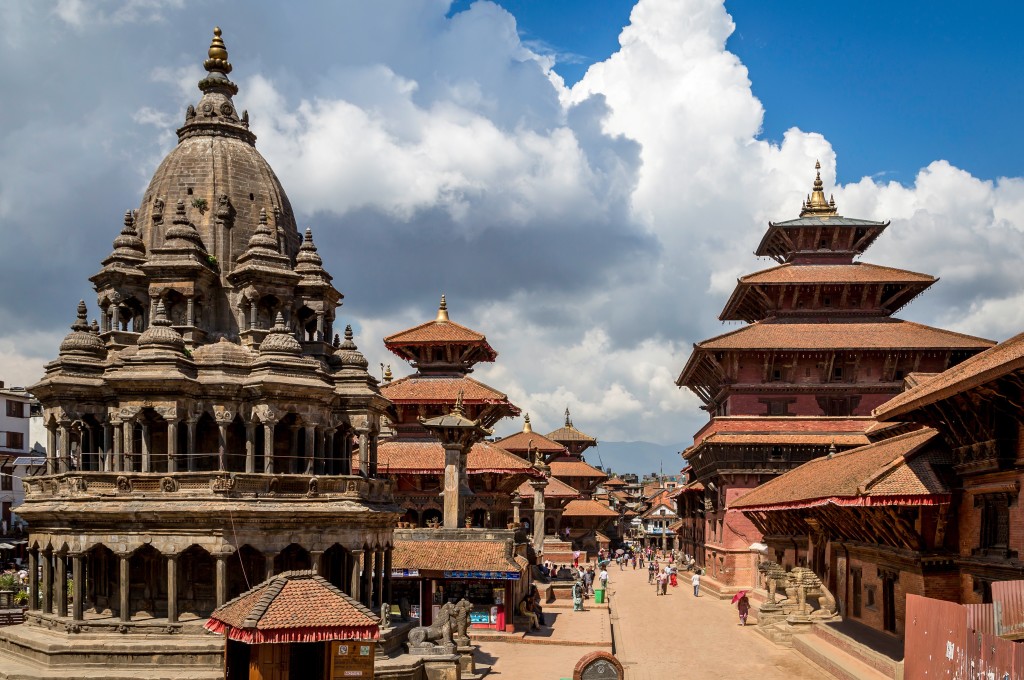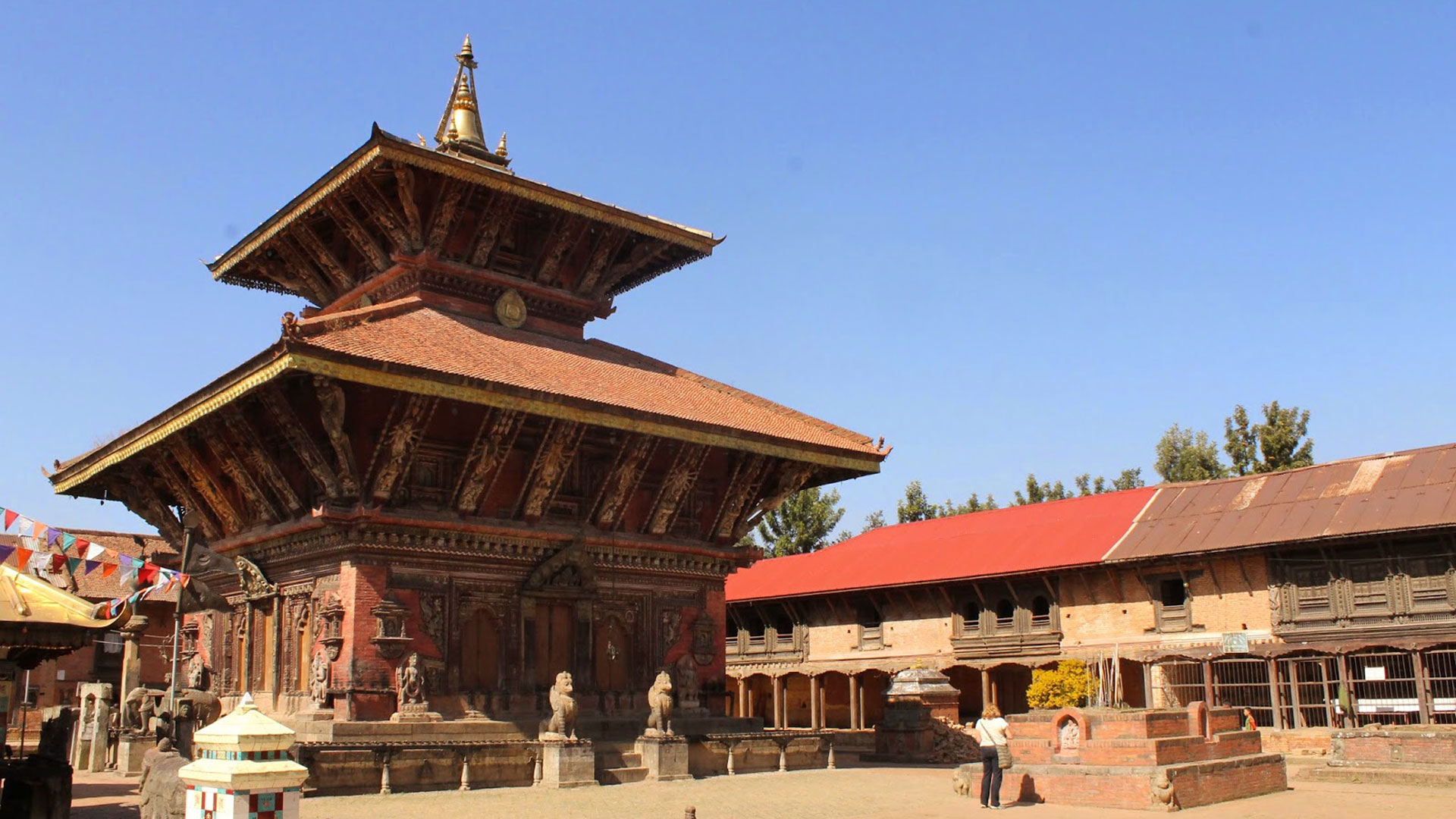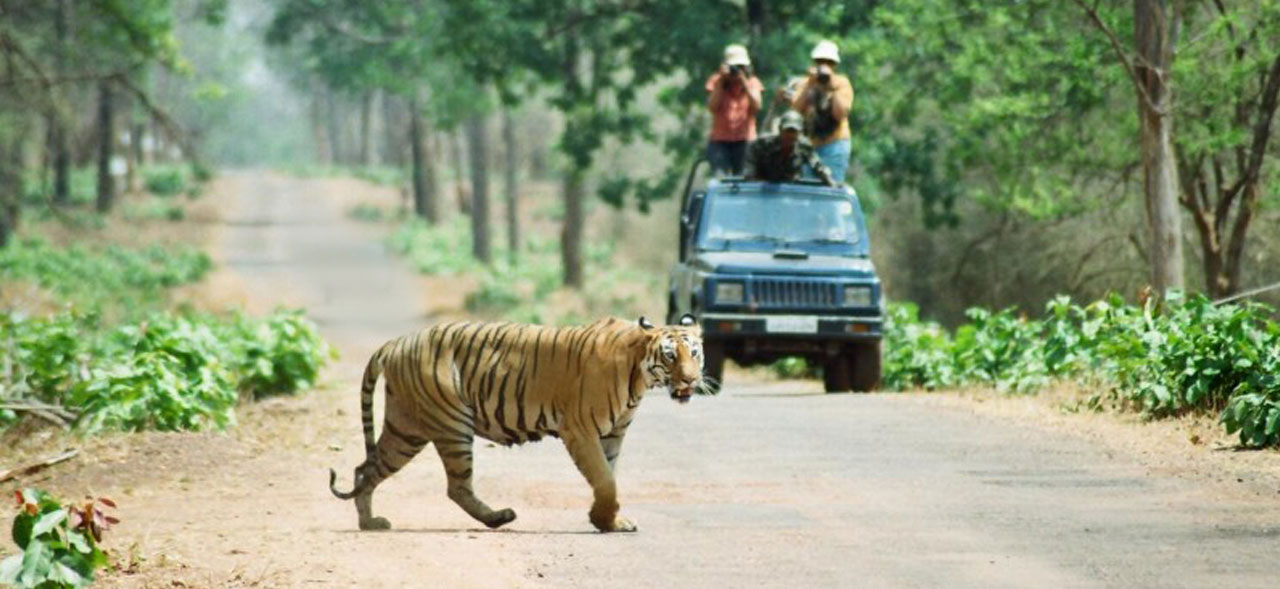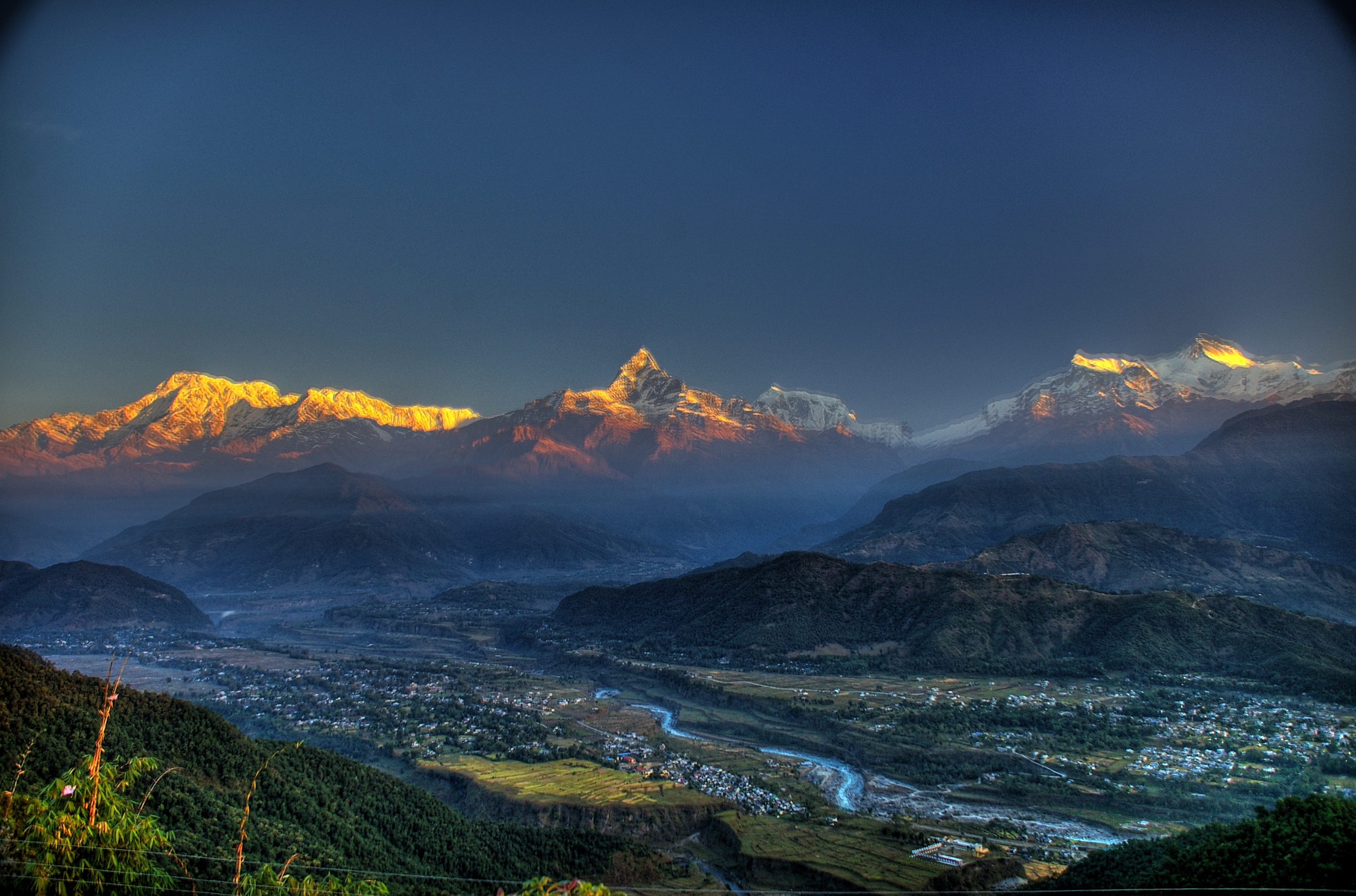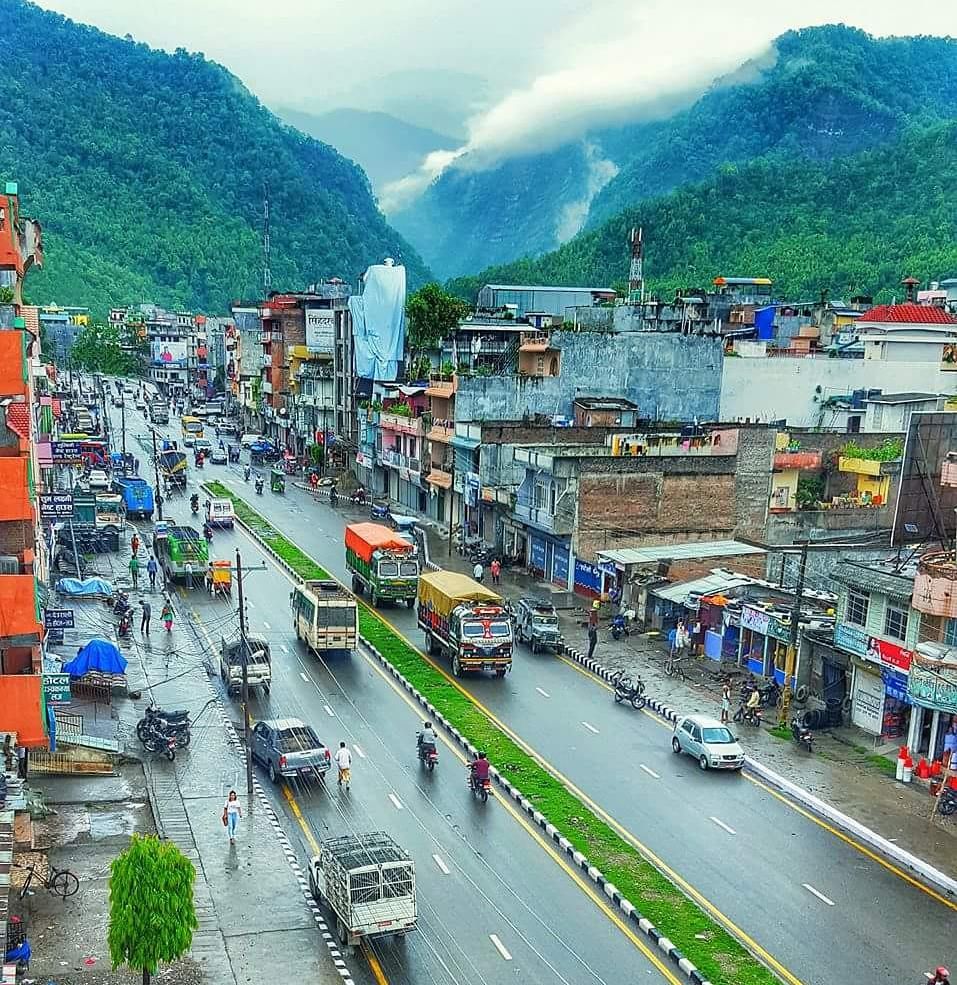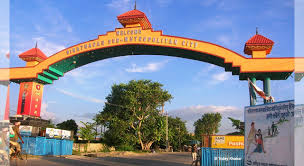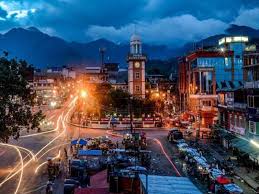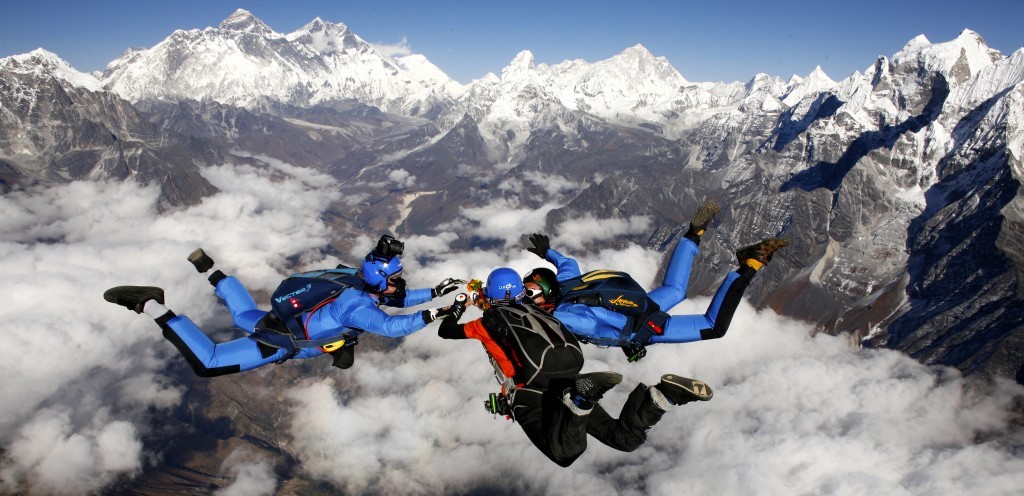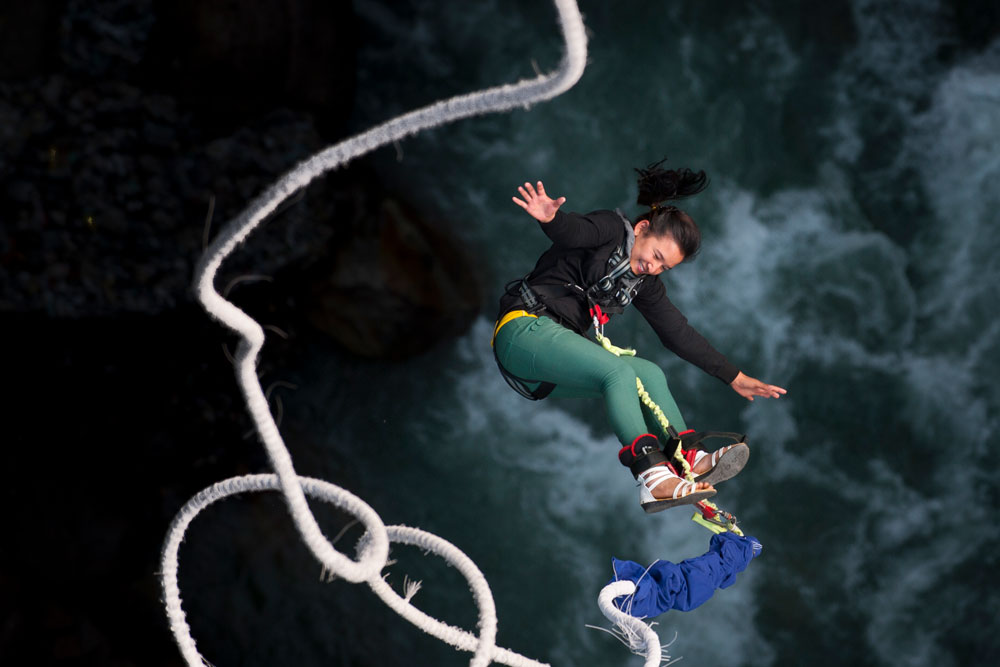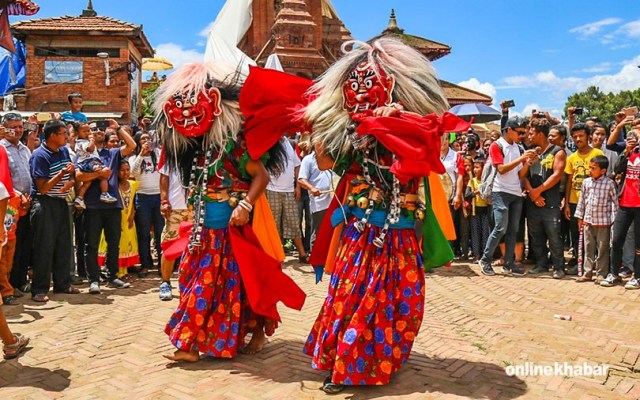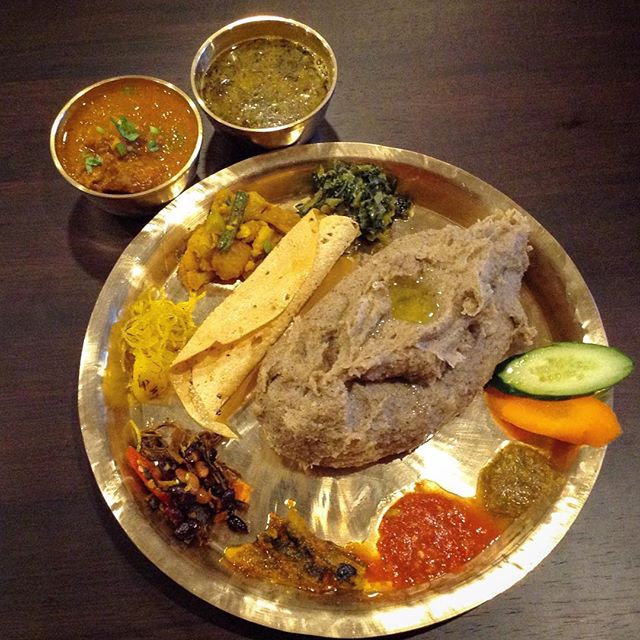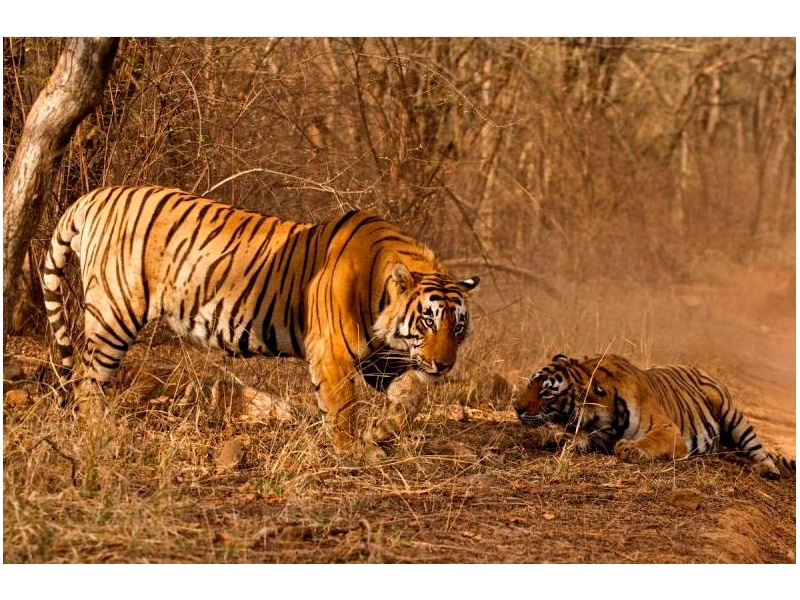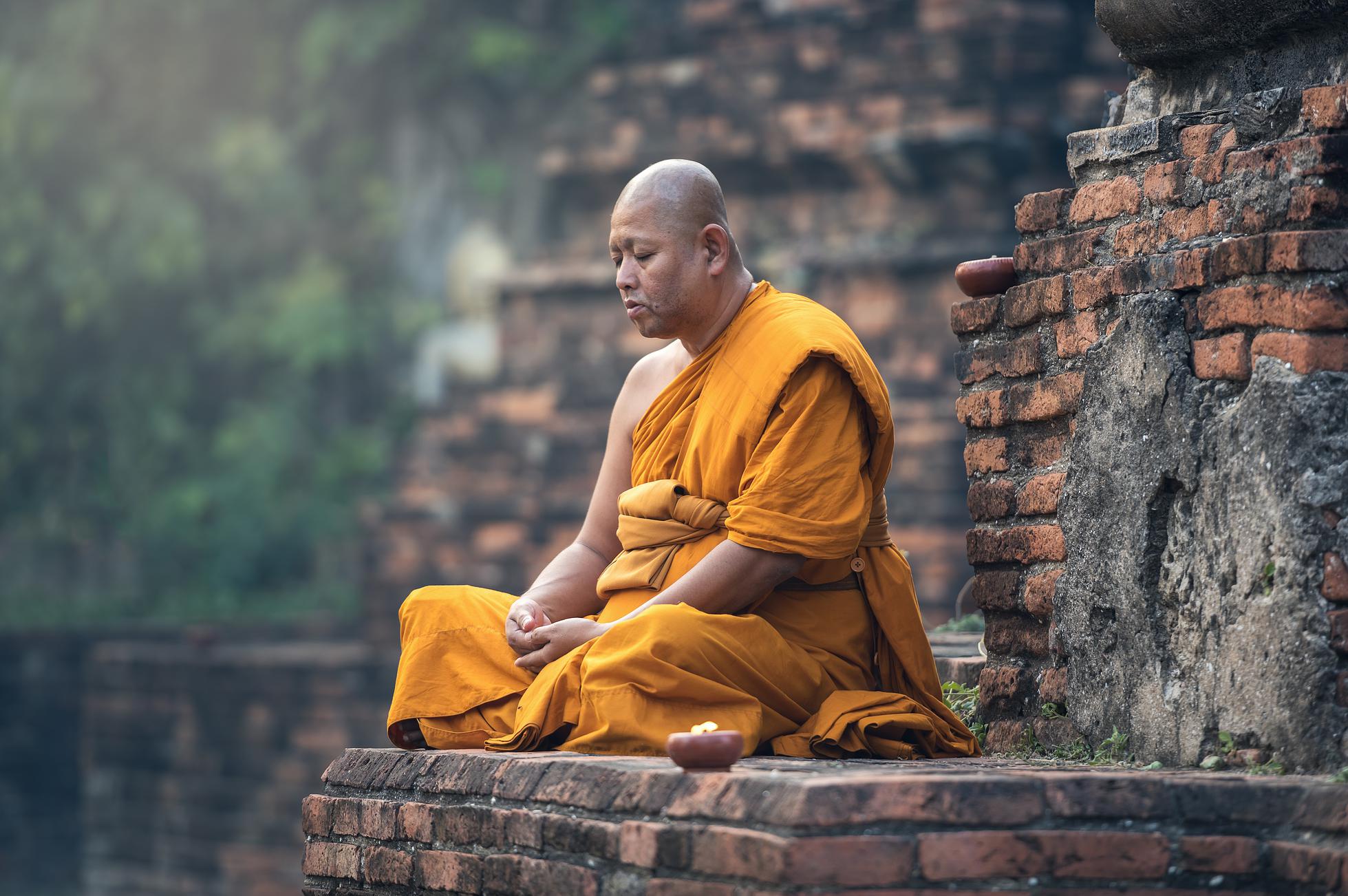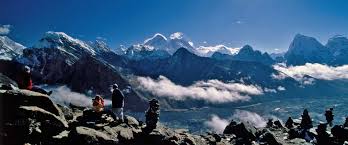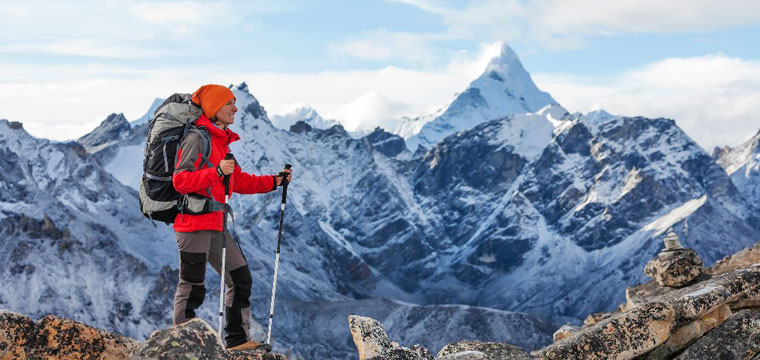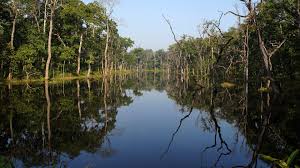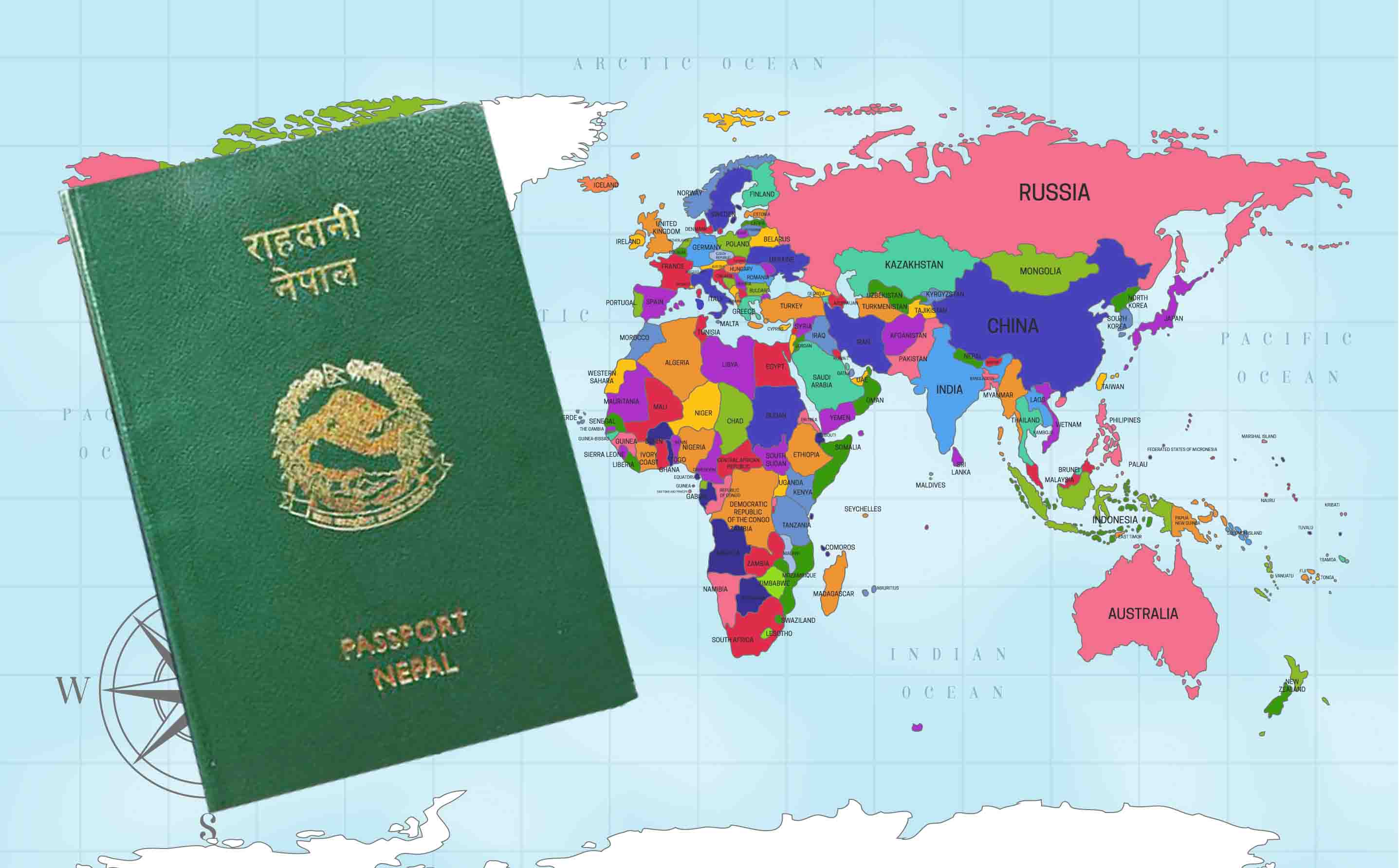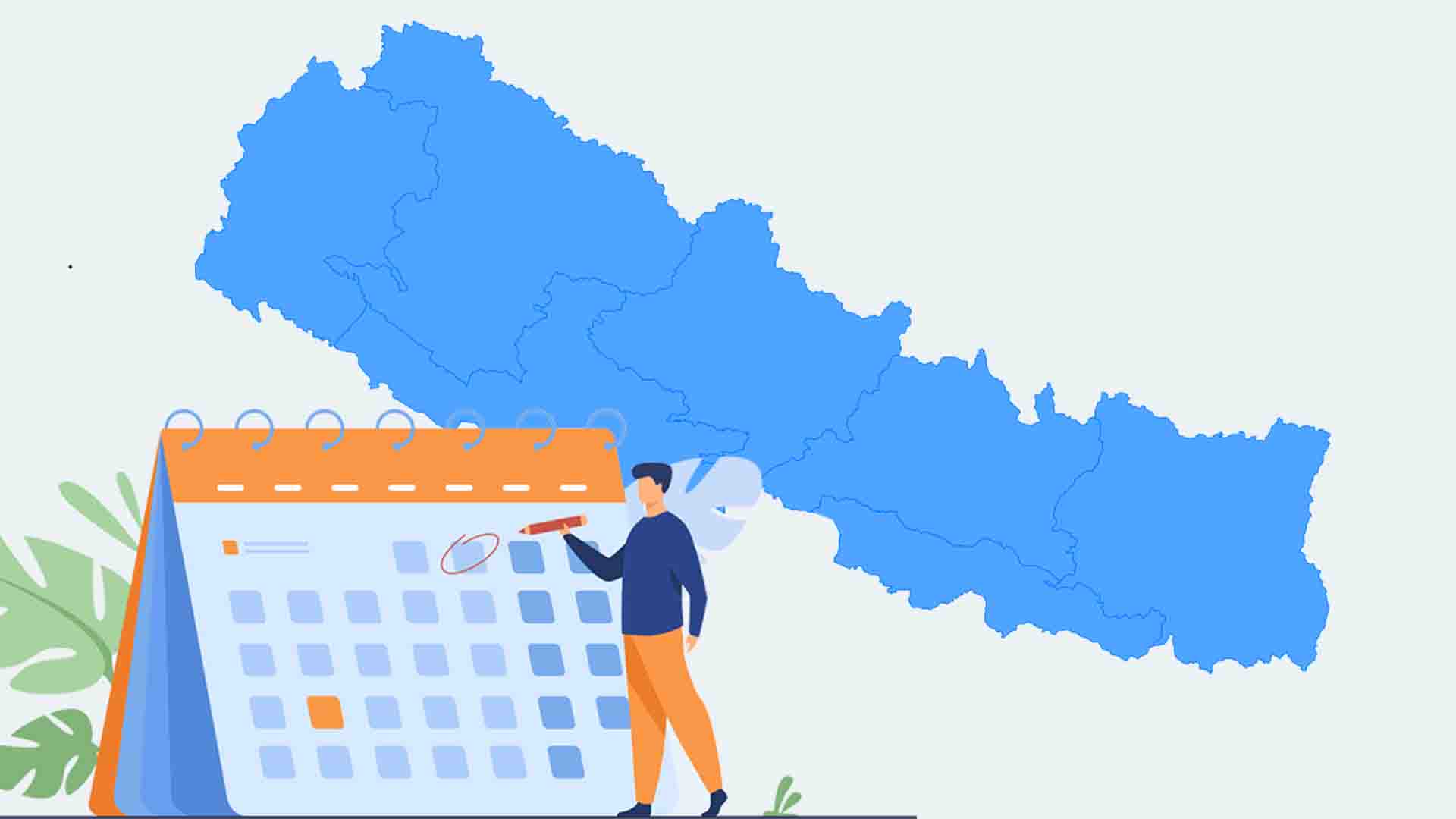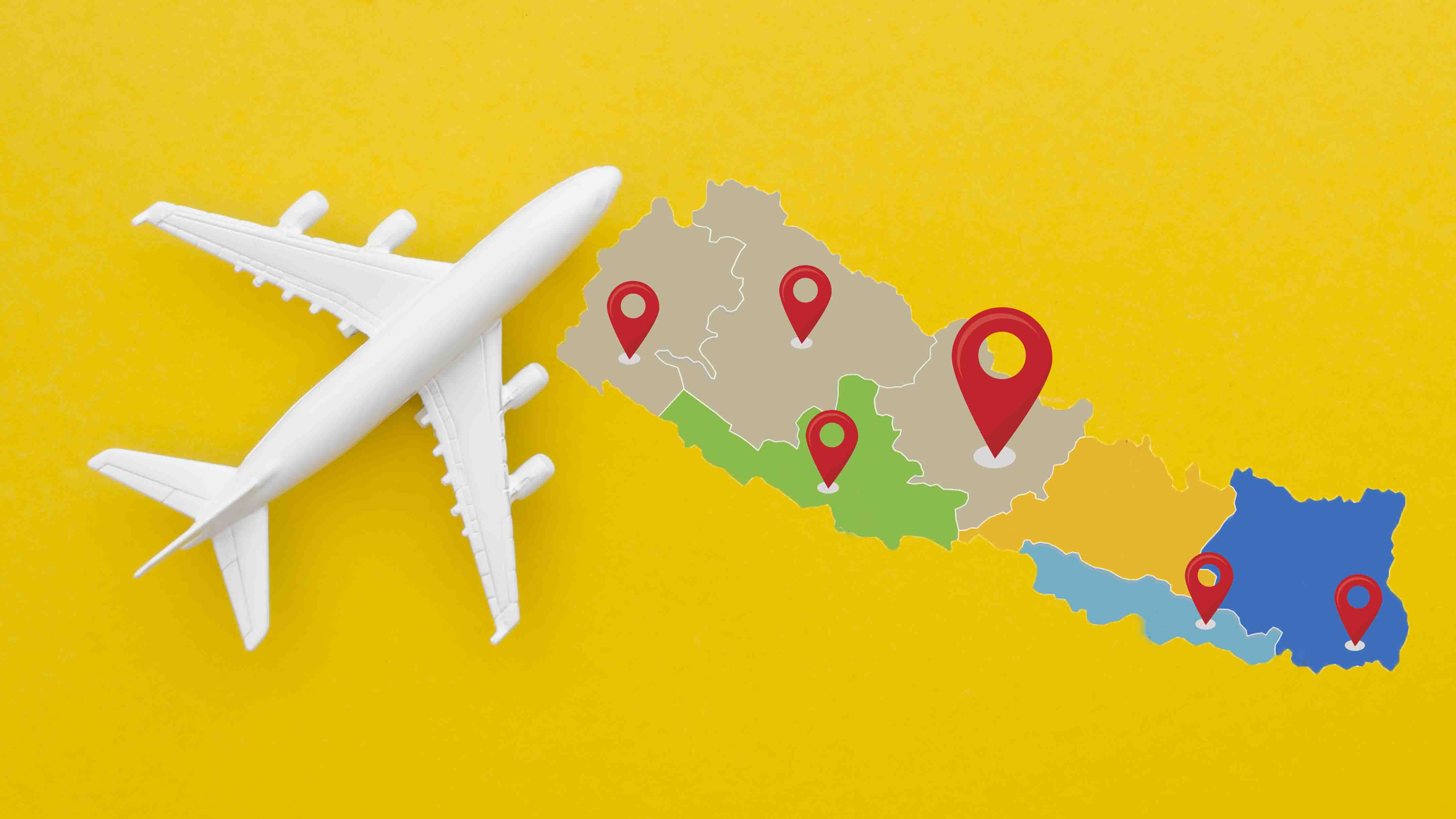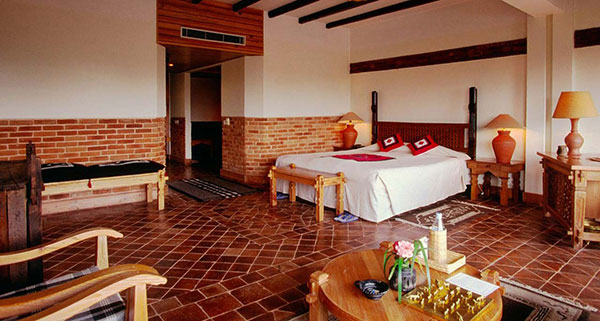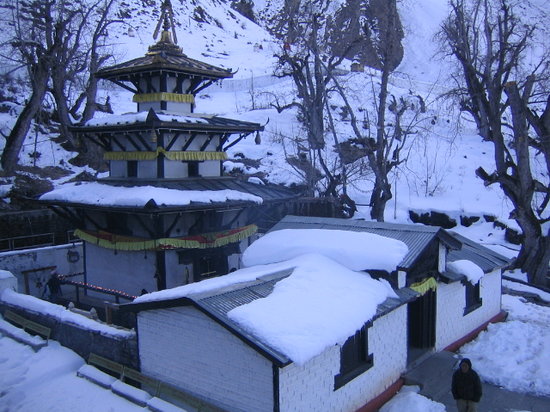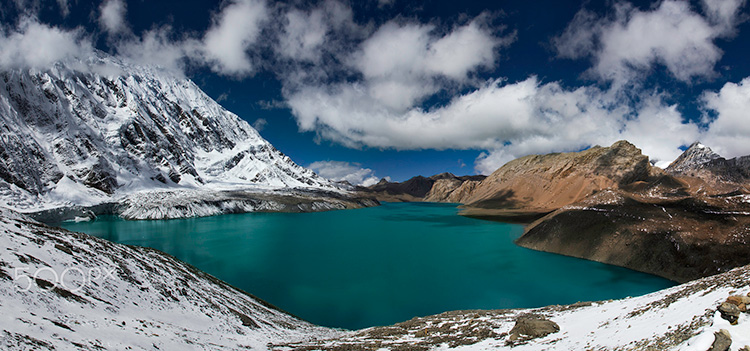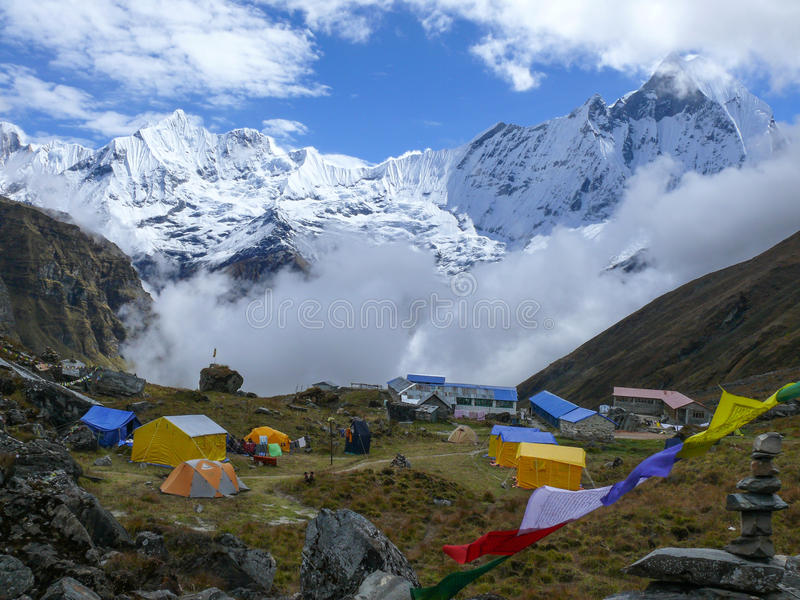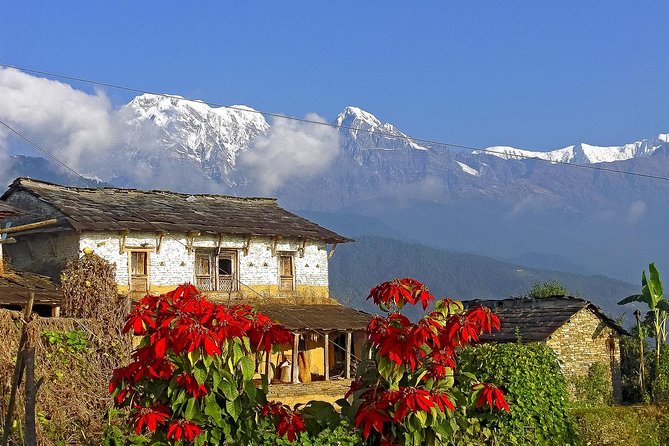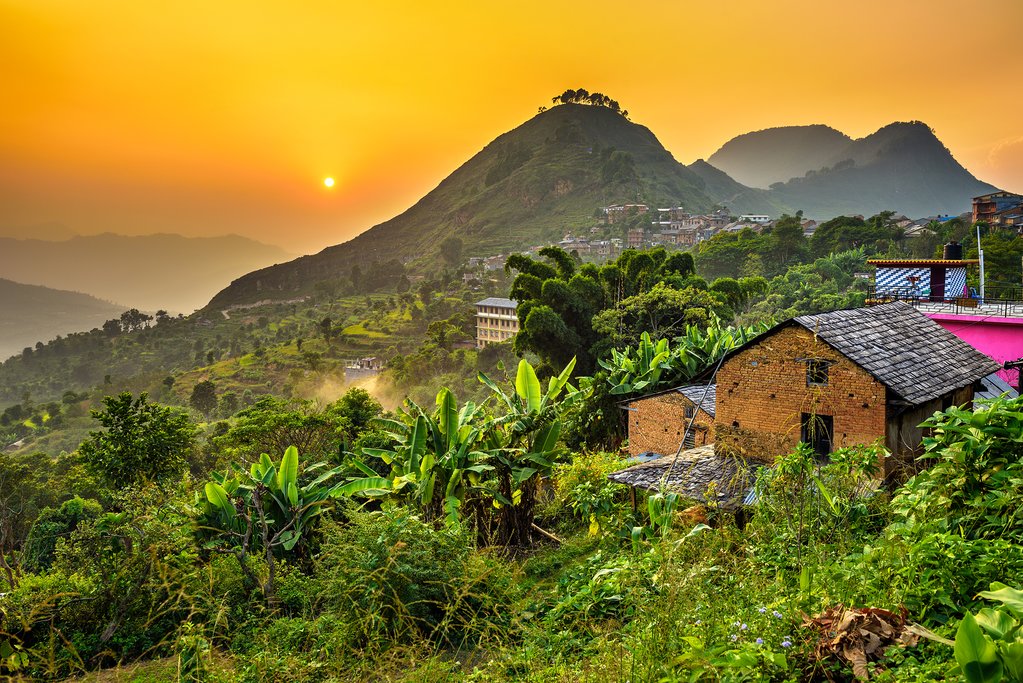Legendary Muktinath Temple, one of the most popular trekking pilgrimage sites of Nepal, located in one of the most beautiful districts of Nepal – Mustang District of Gandaki Province, lies in the west-central part of Nepal at an altitude of 3,760 m from sea level.
Sacred and famous religious temple for Hindus, Vaishnavas, and Buddhists, the trail to Muktinath is challenging, as it lies on the foot of the world’s most significant pass – Thorang-La (5,416 m). Situated 18 km northeast to Jomsom, Muktinath lies on the grove of trees with Buddhist Gompa and Vishnu Temple, a pagoda structure.
The temple area, with the majority of Thakali and Bhotias ethnic groups, is surrounded by seven historic villages: Ranjpauwa, Khinja, Putak, Jhong, Jharkot, Purang, and Chhyonkhar. Muktinath holds a legendary history, which states how the founder of Tibetan Buddhism, Guru Rinpoche, in the 12th century, meditated here and gained spiritual knowledge forever.
The source of Silas and Shaligrams that formed the temple is the downstream waterway from Muktinath to Kali Gandaki. Having 108 Waterstone waterspout, Muktinath is a temple of Lord Vishnu – Lord of Liberation. The golden statue of Lord Shiva, which Buddhists regard as Lord Buddha, rests inside the temple, which is as tall as a human figure. Some other metal statues of gods and goddesses like Saraswati, Laxmi, Janaki, Lava-Kush, Garuda, and Sapta Rishis are also inside the temple.
The temple region is perfect for meditation, and sightseeing of snow-capped Annapurna range on the south, and Tibetan Plateau on the north. The pagoda-style temple, Muktinath’s star attraction, is the burning water flame, known as Jwala Mai Temple.
The temple is accessible via local bus, from Kathmandu to Jomsom, and a jeep or bus from Jomsom to Muktinath. You can take flights from Kathmandu or Pokhara to Jomsom, and hike from Jomsom to Muktinath, which is six hours long walk. For chartered helicopters, there is a helipad near the temple, letting the pilgrims reach the temple directly from Pokhara or Kathmandu.
The best time to visit Muktinath is from September to November or from March to May, because of the suitable weather conditions. It is better to avoid this trip during winter, between December to February because of snowfall and extreme cold. It is the monsoon from June to August, which can create unfavorable weather for flights.
For trekking enthusiasts, the best route is to cover Annapurna Circuits, over Thorang-La Pass, stopping down to Muktinath, or take a classic route from Beni, which will be 5 to 6 days long.








